Sign up for workout ideas, training advice, reviews of the latest gear and more.

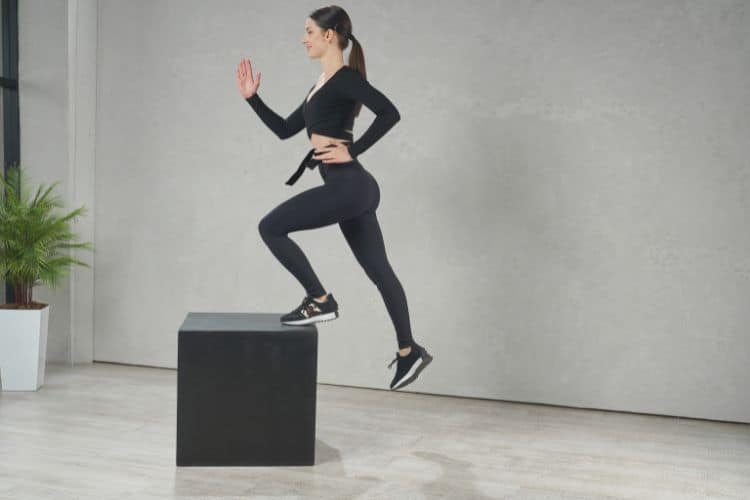
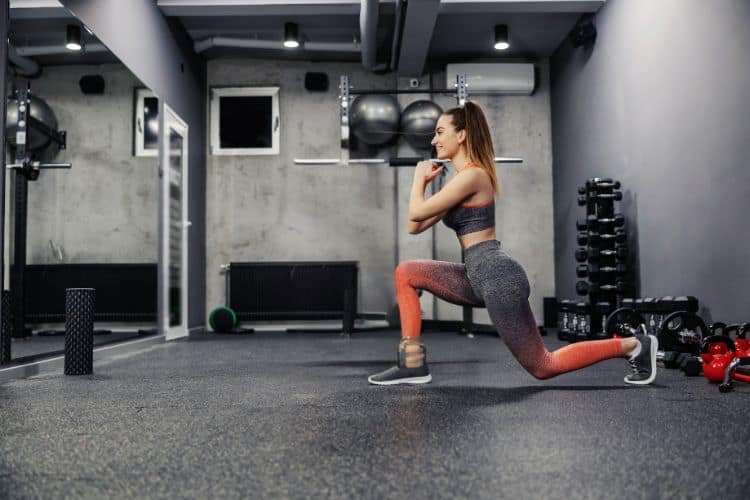
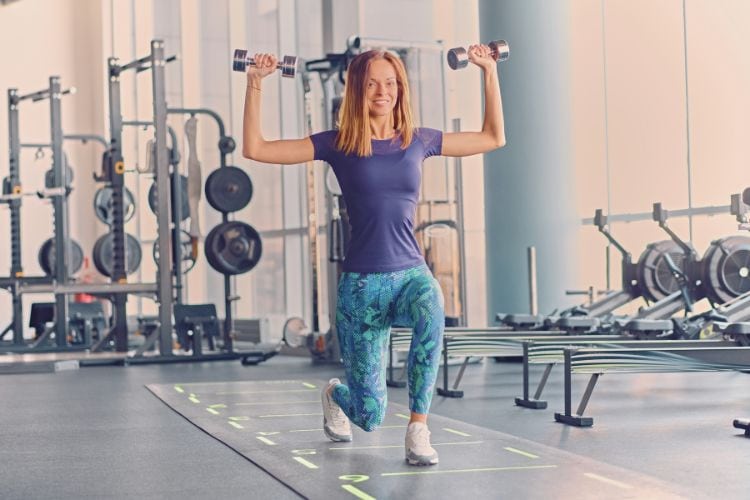
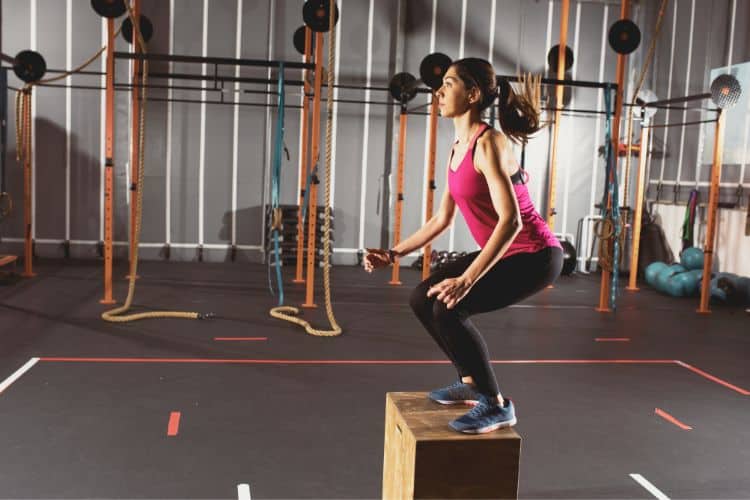
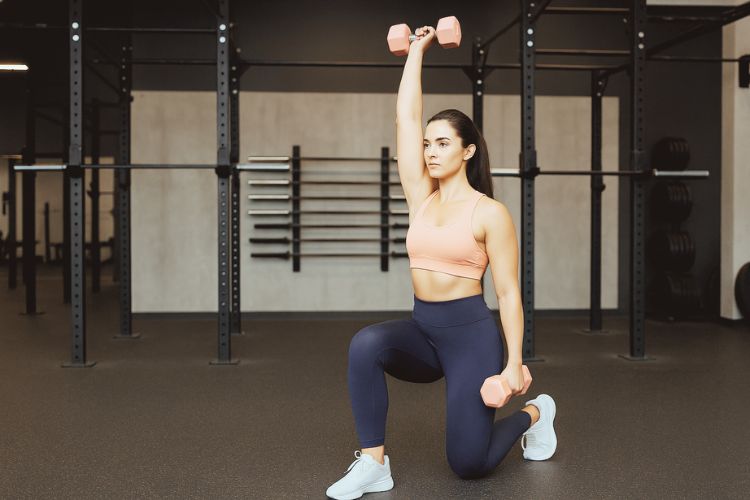
If you’re short on time but still want an effective way to sculpt lean muscle and burn calories, a 30-minute full-body dumbbell workout is your go-to solution. With just a pair of dumbbells and some motivation, you can challenge every major muscle group, improve strength, and enhance your overall fitness—all from the comfort of your home or gym. This quick yet powerful session will help you tone your arms, legs, core, and back while keeping your heart rate up for maximum calorie burn.
The beauty of a 30-minute full-body routine lies in its efficiency. You don’t need hours in the gym to make progress. When structured correctly, compound dumbbell exercises engage multiple muscles at once—helping you build strength and endurance simultaneously.
In just 30 minutes, you can perform enough sets and reps to stimulate muscle growth and boost metabolism. Whether you’re a beginner or advanced lifter, these sessions are easy to adjust for intensity by simply increasing weight, reps, or tempo.
Combining strength and cardio through full-body movements (like squats, presses, and rows) helps burn calories while maintaining lean muscle mass. This combination promotes fat loss and a more toned, athletic physique.
All you need is a set of dumbbells and a small amount of space. This makes it an excellent option for those who prefer home workouts, travel often, or don’t have access to a full gym setup. If you love working out at home, check out our 30-Minute Dumbbell Workout for Women at Home for another efficient routine.
Full-body dumbbell workouts mimic real-life movements—lifting, bending, pressing, and pulling—which improves mobility, balance, and coordination for daily activities.
To get the most out of your 30-minute session, use a circuit-style format that keeps your heart rate up while working different muscle groups. Each circuit combines upper, lower, and core movements for balanced strength training.
Here’s how to structure it:
Perform 3–4 rounds of each circuit, resting 30–45 seconds between sets.
Before diving into your workout, prepare your body with a quick warm-up to increase blood flow and reduce the risk of injury. You can follow the dynamic sequence from our Warm-Up Exercises Before Workout guide to loosen up your muscles.
Goal: Strengthen legs, glutes, and core stability.
Perform each exercise for 40 seconds with 20 seconds rest. Repeat the circuit 3 times.
Hold one dumbbell close to your chest and lower into a deep squat. Drive through your heels to stand tall.
Muscles worked: Quads, glutes, hamstrings, and core.
Step back into a lunge, then press the dumbbells overhead as you return to standing. Alternate legs.
Muscles worked: Quads, glutes, shoulders, and triceps.
With dumbbells in front of your thighs, hinge at the hips, keeping a slight bend in your knees. Return to standing by squeezing your glutes.
Muscles worked: Hamstrings, glutes, and lower back.
Sit with knees bent, lean back slightly, and twist your torso from side to side while holding one dumbbell.
Muscles worked: Obliques and core.
For an extra ab-focused variation, see our 30-Minute Kettlebell Ab Workout.
Goal: Sculpt the arms, shoulders, chest, and back.
Perform each exercise for 10–12 reps. Rest 45 seconds between rounds. Complete 3 rounds total.
Hold a dumbbell in each hand and hinge forward at the hips. Pull the weights toward your torso, squeezing your shoulder blades together.
Muscles worked: Back, biceps, and rear delts.
If you enjoy this move, explore our detailed Dumbbell Rows Workout guide.
Lie on a bench or floor, holding dumbbells at chest level. Press up until your arms are straight, then slowly lower.
Muscles worked: Chest, shoulders, and triceps.
Stand tall and lift the dumbbells out to your sides until shoulder height. Lower slowly with control.
Muscles worked: Shoulders and upper traps.
Hold the dumbbells with palms facing each other and curl them toward your shoulders.
Muscles worked: Biceps and forearms.
Goal: Elevate heart rate while engaging all major muscles.
Perform each exercise for 40 seconds with 15 seconds rest. Complete 3–4 rounds.
Hold dumbbells at shoulder level, perform a squat, and press overhead as you rise.
Muscles worked: Legs, shoulders, and core.
Start in a high plank holding dumbbells. Row one dumbbell toward your waist while keeping your core tight, then switch sides.
Muscles worked: Back, arms, and core.
Using a bench or step, step up with one foot while holding dumbbells. Alternate legs each rep.
Muscles worked: Glutes, hamstrings, and quads.
Squat down with dumbbells at your shoulders and explode upward into an overhead press.
Muscles worked: Full body—especially legs and shoulders.
For an advanced variation, try the 30-Minute Dumbbell EMOM Workout to boost endurance and power.
End your workout with a focused 5-minute ab blast.
Lie on your back, hold a dumbbell in each hand, extend one leg and the opposite arm, and return to start. Alternate sides.
Muscles worked: Deep core stabilizers.
Hold a high plank position and drag a dumbbell under your body from one side to the other.
Muscles worked: Core, shoulders, and chest.
Hold one dumbbell at your side and bend laterally toward the opposite direction. Return to upright.
Muscles worked: Obliques.
Don’t skip your cooldown—it helps improve flexibility and reduce soreness. Perform each stretch for 30–45 seconds.
Need more recovery ideas? Visit our Recovery Workouts collection for stretching and mobility sessions.
Select a weight that challenges you while allowing proper form. If the last few reps feel difficult but doable, you’ve chosen well.
Always prioritize correct posture and movement over heavy weights. Proper technique prevents injury and ensures muscle engagement.
Short rest periods (30–45 seconds) keep your heart rate elevated, increasing calorie burn and endurance.
Record the weights, reps, and sets used in each workout. Gradually increase your load for progressive overload, which leads to consistent muscle growth. Learn more in our Progressive Overload Strength Training guide.
Aim for 3–4 sessions weekly, alternating between strength and cardio-based dumbbell workouts to achieve balance and recovery.
Lifting weights stimulates your metabolism, helping you burn calories even after your workout due to EPOC (Excess Post-Exercise Oxygen Consumption).
By strengthening your back, shoulders, and core, dumbbell training supports proper alignment and reduces back pain.
Dumbbell exercises sculpt lean, defined muscles without adding bulk—ideal for women seeking a toned physique.
Exercise releases endorphins that reduce stress, boost confidence, and improve mood—especially when combined with a consistent routine.
Strength training is essential for maintaining bone density, metabolism, and functional mobility as you age.
| Day | Workout Focus |
|---|---|
| Monday | 30-Minute Full-Body Dumbbell Workout |
| Tuesday | Cardio or Yoga |
| Wednesday | Upper Body Dumbbell Workout |
| Thursday | Rest or Mobility |
| Friday | 30-Minute Full-Body Dumbbell Workout |
| Saturday | HIIT or Core Training |
| Sunday | Active Recovery or Light Walk |
Your 30-minute dumbbell workout is only half of the equation—nutrition plays a key role in your progress.
A 30-minute dumbbell full-body workout is one of the most efficient and rewarding routines you can commit to. It’s short enough to fit into busy days but powerful enough to deliver noticeable results in strength, tone, and endurance. With consistency, proper nutrition, and progressive overload, you’ll sculpt a leaner, stronger body in less time than you think.
Ready to level up your strength training? Explore more workout guides, challenges, and full-body programs on Women’s Fit Club — your go-to destination for empowering women through fitness, nutrition, and wellness.
Stay up to date on the latest women’s health, fitness and lifestyle trends and tips.